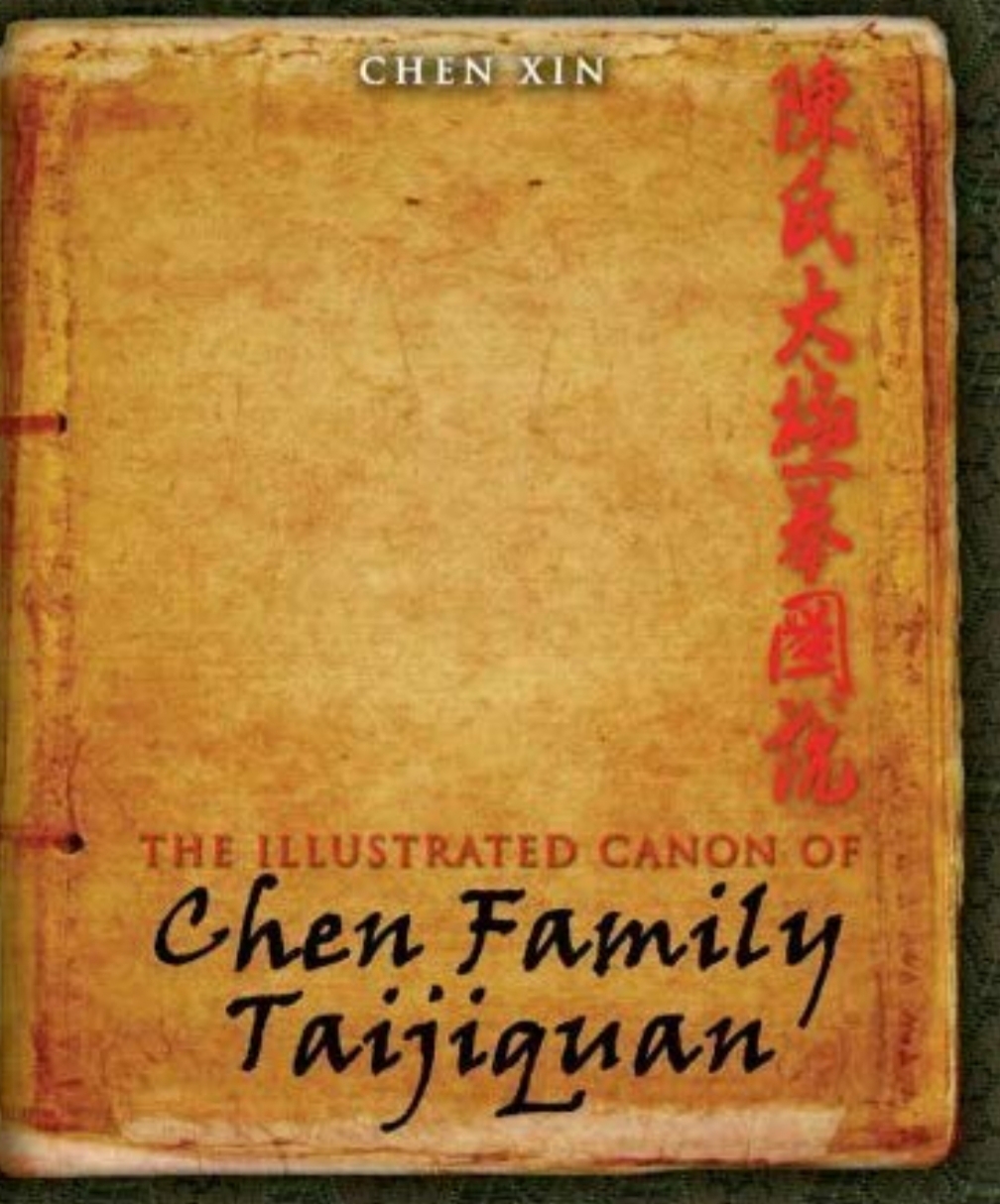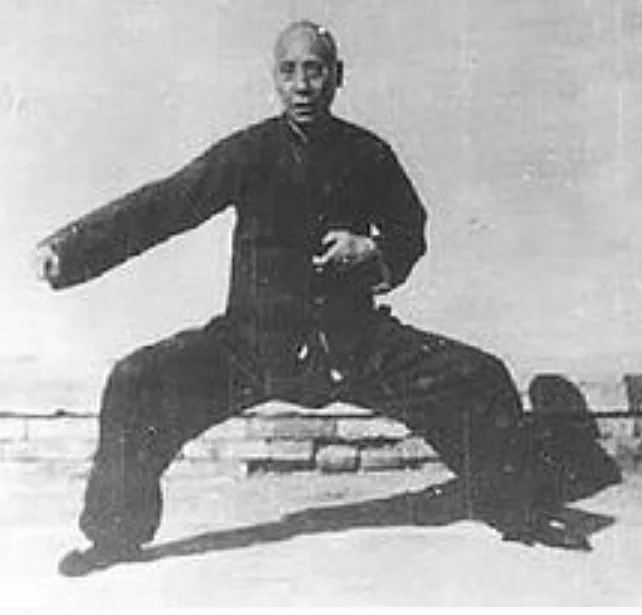A Brief History Of Chen Family Taijiquan
Tai Chi / Taiji symbol demonstrating the idea of duality in oneness
There are many different stories regarding the history and birth of Tai Chi or Taijiquan. At present, the official theory as recognised by the Chinese government is that it was created nearly 400 years ago by a retired military officer from the Chen Family. This often surprises people as they would believe Tai Chi to be much older, dating back even thousands of years. To clear this up it’s important to remember what it is that we are discussing. Tai Chi also written as Taji means the grand ultimate or the supreme force. This is best demonstrated by the Yin Yang symbol and the philosophy of duality to explain the workings of the universe. Yin could be considered dark but to have such a concept as dark you must have the idea of light, or Yang. The two pairs are not so much opposites but more two poles of the same thing in a continuous cycle. Think night and day and the seasons as an example. Once one gets to an optimum point it will change. It is thought that this yin yang theory was created some 3000 years ago and first introduced in the (I-Ching) book of change.
Taijiquan as I’m discussing here, means supreme ultimate fist or boxing. This is taking the theory of Tai Chi and creating a martial art from it. The theory of Taijiquan is heavily based on the I Ching as well as the Tao-Te Ching which is said to have been written by Lao-Tzu. It’s not just Taijiquan that uses this idea of Yin and Yang as it’s bases but also geomantics, fortune-telling, astrology, calligraphy, music, science and medicine.
Below, I’ve outlined some of the most important figures in the history of Taijiquan to help my students understand the lineage from where I am teaching.
These historical findings can largely be credited to the martial artist Tang Hao (1897-1959) who undertook comprehensive research into Taijiquan in the 1930’s
Chen Bu 1st Generation
Chen Tai Chi or Taijiquan as we know it today begins with Chen Bu. Chen Bu settled and began creating a small village by the yellow river in Wenxian, Henan province, China. This was during the Ming dynasty around 1374. He called his new settlement Chenjiagou which means Chen family ditch.
This was a time of war, devastation and chaos with frequent uprisings.
Chen Bu was an accomplished martial artist and with the help of other family members was able to rid his new settlement of bandits, making it safe.
This helped elevate Chen Bu’s reputation as a skilled martial artist and news spread. He soon set up a school for others to learn for generations to come. It is widely accepted that Chen Bu’s style of martial arts was heavily influenced by the Shaolin temple which he once lived near.
Chen Wangting (1580-1660) 9th Generation
Chen Wangting is credited with creating Taijiquan. This is his memorial statue in Chenjiagou, China.
The next major historical figure in Chen family history was 9th generation Chen Wangting. Chen Wangting was considered an exceptional martial artist as well as scholar. He was also a military officer until retiring with the fall of the Ming dynasty in 1644.
It was during his retirement that Chen Wangting began creating his unique form of martial art which was based on the Yin-Yang theory, techniques of Daoyin and Tu-na (leading and guiding energy) and the Jingluo theory of traditional Chinese medicine. Chen Wangtings martial art was called Taijiquan, meaning grand ultimate boxing. It focuses on whole body relaxation with training of the mind taking priority of training the muscles. Because of its effectiveness Chen Wangting’s Taijiquan was handed down from generation to generation.
Chen Changxing 1771-1853 was the first Chen Family member to teach an outsider the family secret of Taijiquan
Chen Changxing (1771-1853) 14th Generation
It was 5 generations later that Taijiquan had another major evolution sparked by Chen Changxing.
Chen Changxing saw Chen Wangting’s original Taiji boxing system as overly athletic and acrobatic even for very accomplished martial artists. The high jumps, leg splits, handstands and high floating scissor kicks were unnecessary for aging fighters.
Chen Changxing condensed the many longer forms (some believe as many as 7) into two forms. One longer and slower form called Laoji Yi Lu and one shorter, faster and more dynamic form, Laoji Er Lu or Paocui, which means cannon boxing.
The two routines compliment each other as the Yi Lu form is related to Yin, focusing on energy cultivation, with the shadow boxing focusing on yielding and changing. The Er Lu or Paocui relates to Yang and is much more explosive and athletic. The Yi Lu form needs to be carefully developed and trained over a number of years before the practitioner is ready for the Er Lu.
Chen Changxing was also the first Chen family member to teach Taijiquan to someone from outside the Chen Clan and Chenjiagou village. Yang Luchan (1799-1871) of Yongnien, Hebei province went to Chenjiagou to study with Chen Changxing. Yang Luchan impressed Chen Chagxing so much that he was taught the family art in full. Yang Luchan then went on to spread his teachings in Beijing in the imperial court. He soon become known as Yang the invincible for seeing off all challengers. As Yang Luchan was forbidden by the Chen family to teach their art, Yang developed his own style to teach which is known as Yang Style Taijiqaun.
Chen Xins book took him 12 years to write.
Chen Xin (1849-1929) 16th Generation
Chen Xin was the grandson of the famous Taijiquan master Chen Youheng and learned the family art as a child. However, due to his father making him prioritise studies in literature his skill never matched that of his brother Chen Yao.
In Chen village there was a family tradition with the boys. On their 100th day from birth the child would be placed next to a knife, a writing brush and some money. The item that the child picked would determine their future. Martial arts, literature or commerce. The 100 day old Chen Xin chose the brush.
This fate led him to undertake the challenge of putting the usually oral teachings of the family martial art into writing. This task took 12 years (1905-1919)
Whilst writing the book the area experienced many natural disasters leading to an exodus of the village making life very hard. On finishing the book Chen Xin became very ill and sent for his nephew Chen Chunyun. Chen Chunyun found his uncle lying in bed and was handed his life’s work. Chen Xin explained the effort this book took and how it should only be shown to those who deserve it. Otherwise it should be burnt.
Because of the poverty at the time it was 4 years before Chen Xin was given a proper burial. He now has a large memorial stone in his home village.
It wasn’t until 1932, that a martial arts historian called Tang Hao, came to Chen village and was shown Chen Xin’s book and went on to publish it in 1933.
Chen Fa-ke (1887-1957) 17th generation
Chen Fa-ke (1887-1957) developed the Xinjia Yi Lu and Er lu forms in Beijing
Chen Fa-ke was the great grandson of Chen Xin. He started life a a sickly child but his health soon improved with regular Taijiquan practice. He became recognised as a master of Taijiquan at just 17 years old. Chen Fa-ke revolutionised Taijiquan by taking it outside of Chen village to Beijing. He also expanded on the two Laoji forms developed by Chen Changxin, making them a little longer and more complex with extra spiraling movements, more joint locks (qinna) and explosive power (fajing). The new expanded forms became known as Xinjia or new frame. Today most students of Chen family taijiquan would still learn the Laoji forms first to develop a strong base. They might then progress to Chen Fa-ke’s Xinjia Yi Lu and then Er Lu routines as they delve deeper into the martial side.
Chen Zhaokui (1928-1981) 18th Generation
Chen Zhaokui (1928-1981) who took his fathers Xinjia forms back to Chen village.
Chen Zhaokui was the youngest son of Chen Fa-ke and started to learn Taijiquan from his father in Beijing at just 8 years old. Chen Zhaokui is often credtied with bringing his fathers Xinjia routine to Chen village.
In 1962, Chen Zhaokui had his only son, Chen Yu. Chen Yu still lives in Beijing and is an exceptional martial artist. He began learning from his father at just 7 years old. Chen Yu is different to the other 19th generation Chen family Taijiquan masters in that he only really practices and teaches Xinjia. He is also known for his intricate use of joint locking and explosive power.
Me, pictured with Gou Kong Jie and his wife at my bai shi ceromany in March 2017
Gou Kong Jie (1947 - Present)
Gou Kong Jie first started practicing Chinese martial arts at 13 years old. After just 5 years, he started to learn Chen family Taijiquan and in 1965 began to learn from Chen Zhaokui.
At the age of 25, Gou Kong Jie was diagnosed with terminal cancer. During his treatment he lost his teeth, hair and a lot of muscle mass. He strongly believes his unexpected recovery and his current excellent health can be attributed to practicing Tai Chi.
Gou Kong Jie is co-author of the Tai Chi Push Hands standard and competition rules published by the Chinese State Sports Council. He also created the Chen style fan and stick form.







